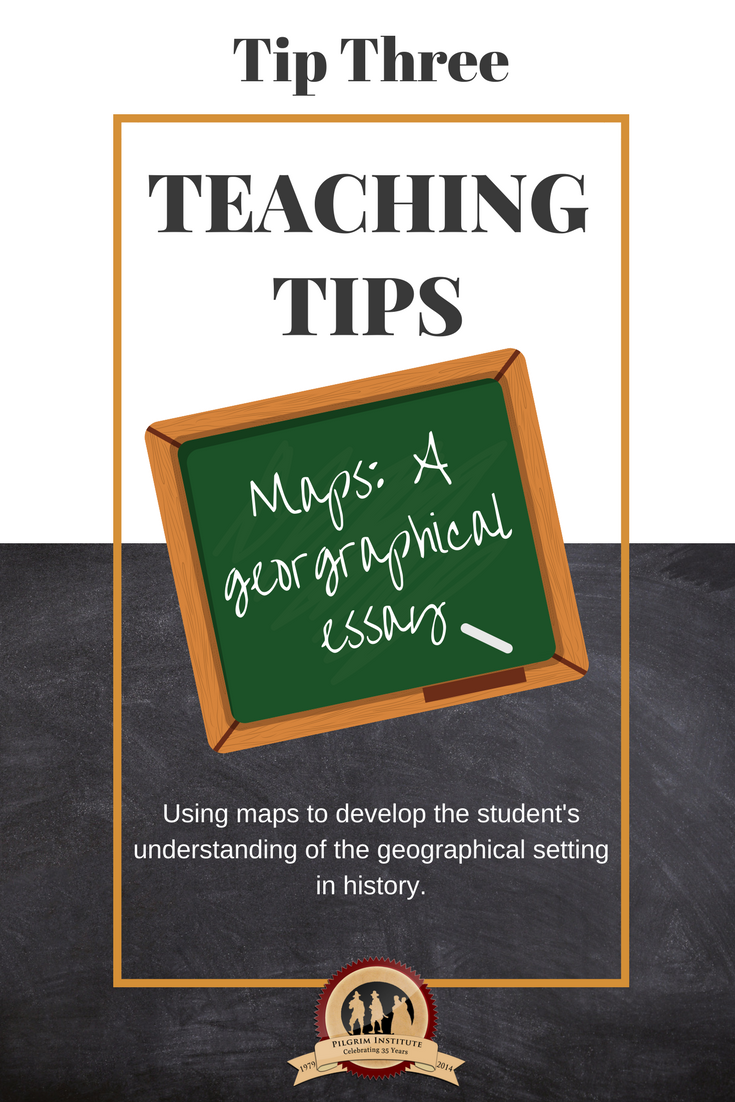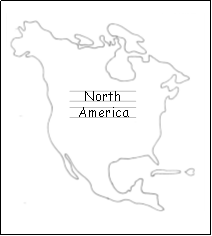Teaching Tip | Maps – A Geographical Essay

Teaching Tip 3
Maps – A Geographical Essay
In the last Teaching Tip, we considered the importance of teaching Leading Ideas. Maps provide an excellent opportunity for the student to produce a geographical essay which confirms his comprehension of the Idea covered. Each map should have one main idea, rather than many ideas on one map.
Maps may be used in many subjects: Geography, History, Literature, Bible, Science, or the teaching of the history of any subject. As you study the historic development of the subject, you may develop a map to see the geographic setting of that history. This will further confirm the student’s understanding of the subject geographically.
Katherine Dang identified instructions for map work in A Guide to American Christian Education for the Home and School. In The Mighty Works of God history series, the following simplified instructions for elementary students have been derived from that work:
- Map work is mainly outlining and lettering. There is no filling-in of areas with solid coloring.
- Rivers, shorelines of lakes, coastlines of seas and oceans are outlined with blue. Rivers are outlined along one side of the drawn line.
- Outlining will follow along the exact course of the printed lines.
- Labeling is to be straight and even on the map. Drawing two lines with a ruler will provide control of the size of letter.
- All labeling is in manuscript. The size of letters may vary, i.e. names of countries will be larger than names of cities.[i]

[i] Katherine Dang, “Geography: An American Christian Approach”, A Guide to American Christian Education for the Home and School (Camarillo: American Christian History Institute, 1987), page 272.
